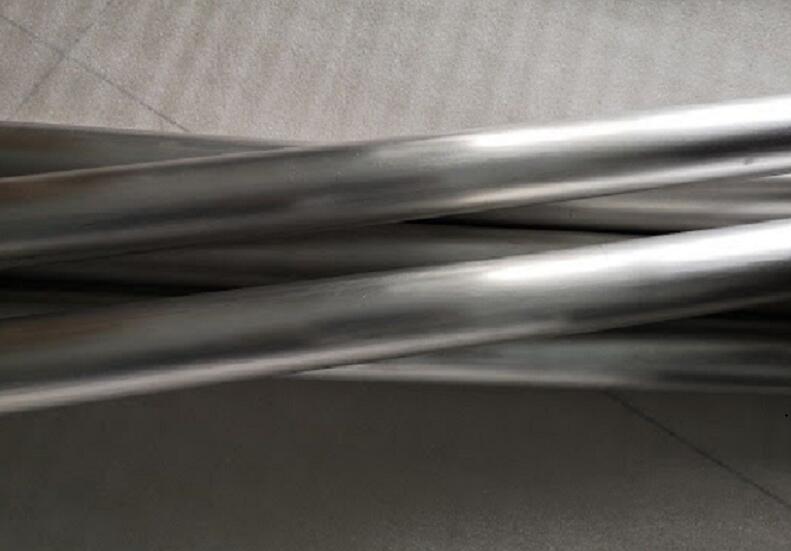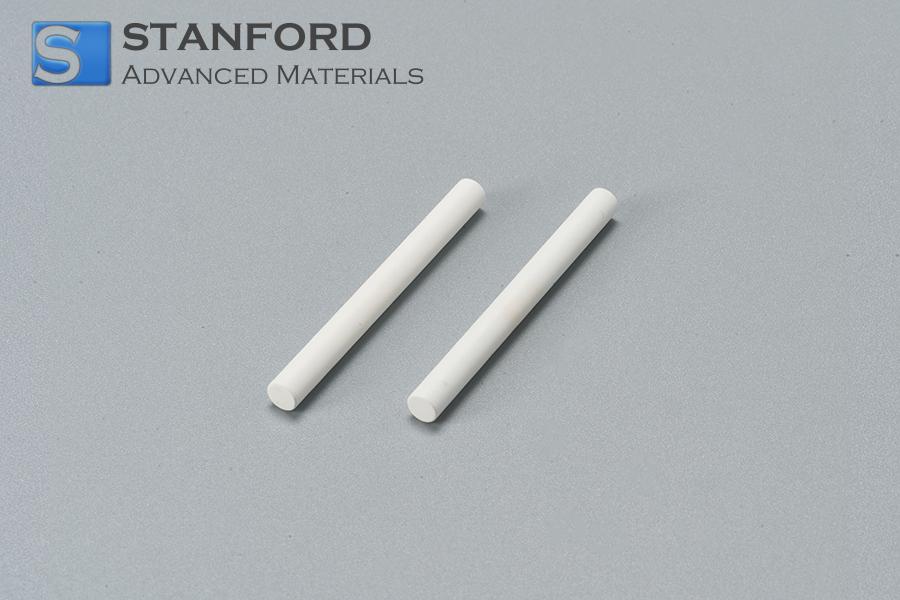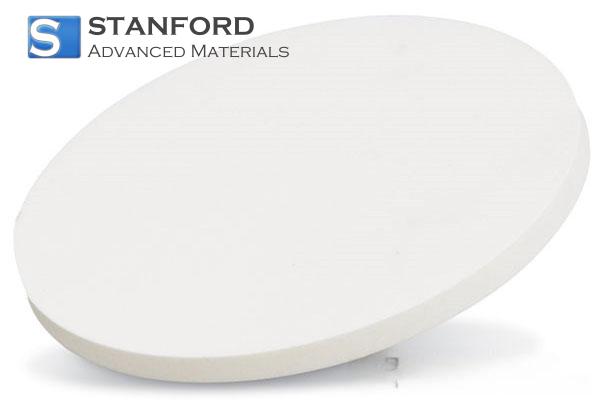Characteristics & Applications Of Magnesium Alloy Rods
Magnesiumlegierungen are alloys composed of magnesium and other elements. They exhibit low density, high specific strength, a high modulus of elasticity, and effective shock absorption. They also offer a higher impact resistance than aluminium alloys and demonstrate resistance to organic and alkaline corrosion. The principal alloying elements include aluminium, zinc, manganese, cerium, thorium and small amounts of zirconium or cadmium. Magnesiumlegierungsstangen are rods manufactured from these alloys. In this article, we review the properties and applications of magnesium alloy rods.

Features of Magnesium Alloy Rods
1) They have low density, high specific performance, effective shock absorption, elevated electrical and thermal conductivity and are straightforward to process.
2) They display limited corrosion resistance, oxidise readily and are prone to ignition at elevated temperatures.
3) Their processing characteristics include rapid heat dissipation, low weight, adequate rigidity, moderate corrosion resistance, form stability, impact resistance, abrasion resistance, efficient damping and ease of recycling.
(4) They offer high thermal and electrical conductivity, are non-magnetic, provide shielding and are non-toxic.
Applications of Magnesium Alloy Rods
1. Magnesium alloy rods are typically used in domestic immersion water heaters. They protect the inner tank and heating tube from corrosion, thereby extending the service life of the electric water heater.
2) In battery production, magnesium alloy rods serve as components. In air batteries the rod acts as the negative electrode, thereby producing voltage and current for emergency lighting and backup power.
3) They are employed in external lighting systems designed for safety. The US military has specified magnesium alloy rods for ignition, given that their chemical reactivity and ease of storage simplify the process.
(4) The rods are applied in machine-fabricated components, such as engine housings and turned parts.
5) Sacrificial anode rods made from magnesium alloys are used to protect ship hulls.
Safety Precautions for Processing Magnesium Alloys
1. Magnesium chips are reactive and combust easily at high temperatures. Most chips produced during machining consist of unoxidised magnesium and its alloys. Metallic magnesium in moist conditions is highly flammable, given its low ignition temperature and minimal ignition energy. The chips are fine and possess a large specific surface area; consequently, they can ignite in a high-temperature environment when exposed to air.
2. High-speed cutting produces elevated temperatures that may ignite the chips. The machining process requires higher cutting speeds to fully utilise tool performance, thereby improving production efficiency and workpiece quality. During high-speed cutting, chip temperatures may reach 700 °C to 1 000 °C. In the absence of effective coolant delivery, the heat generated is sufficient to ignite the magnesium chips and initiate a fire.
3. Magnesium chips burn at high temperatures, and fires can spread rapidly. Once ignited, magnesium combusts at approximately 3 000 °C and releases 25 121 kJ/kg of heat. If the chips are in powdered form and become mixed with air, an explosion may occur upon ignition.
In addition, magnesium may react with water at high temperatures to release hydrogen. Consequently, water, foam, tetrachloromethane and similar extinguishing agents are of limited effectiveness in fires involving metallic magnesium. Dry powder and halogenated alkane extinguishing agents may not provide adequate suppression, thereby complicating fire control.
Conclusion
We thank you for reading this article. We trust that it offers a clearer understanding of the properties and applications of magnesium alloy rods. For further details about magnesium and magnesium alloys, please visit Stanford Advanced Materials (SAM).
Stanford Advanced Materials (SAM) has more than two decades of experience in the manufacture and distribution of magnesium alloys. The company supplies magnesium alloy rods that satisfy the requirements of research, development and production. We trust that SAM will serve as your preferred supplier and business partner for magnesium alloys.

 Bars
Bars
 Beads & Spheres
Beads & Spheres
 Bolts & Nuts
Bolts & Nuts
 Crucibles
Crucibles
 Discs
Discs
 Fibers & Fabrics
Fibers & Fabrics
 Films
Films
 Flake
Flake
 Foams
Foams
 Foil
Foil
 Granules
Granules
 Honeycombs
Honeycombs
 Ink
Ink
 Laminate
Laminate
 Lumps
Lumps
 Meshes
Meshes
 Metallised Film
Metallised Film
 Plate
Plate
 Powders
Powders
 Rod
Rod
 Sheets
Sheets
 Single Crystals
Single Crystals
 Sputtering Target
Sputtering Target
 Tubes
Tubes
 Washer
Washer
 Wires
Wires
 Converters & Calculators
Converters & Calculators
 Write for Us
Write for Us





 Chin Trento
Chin Trento



